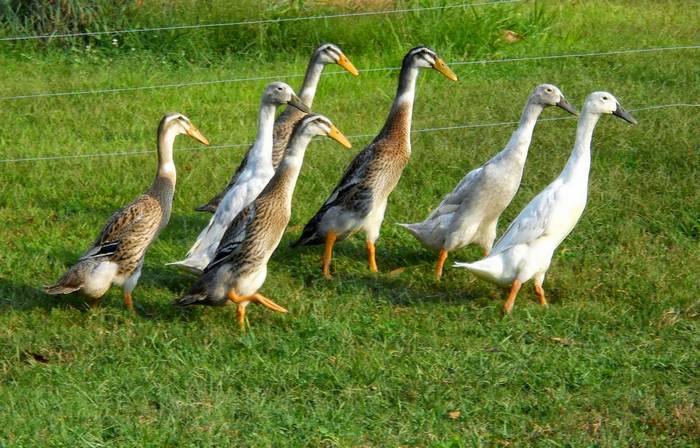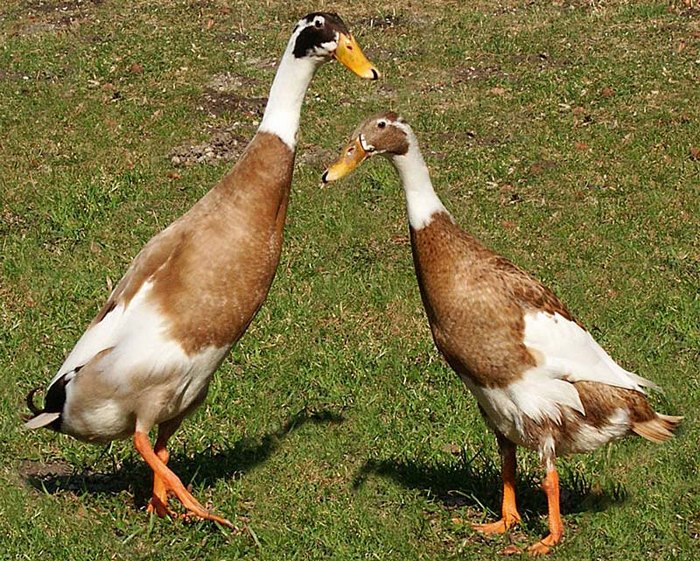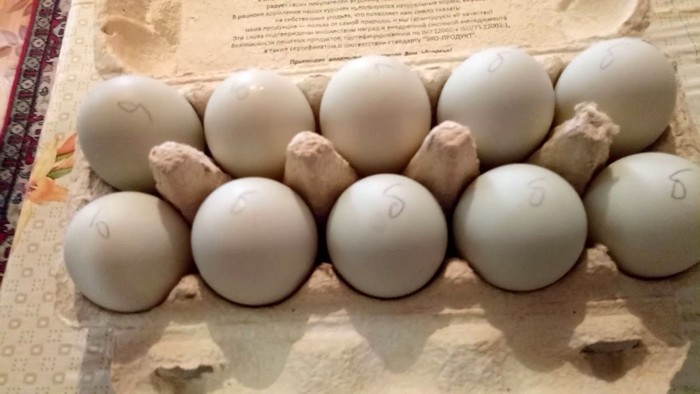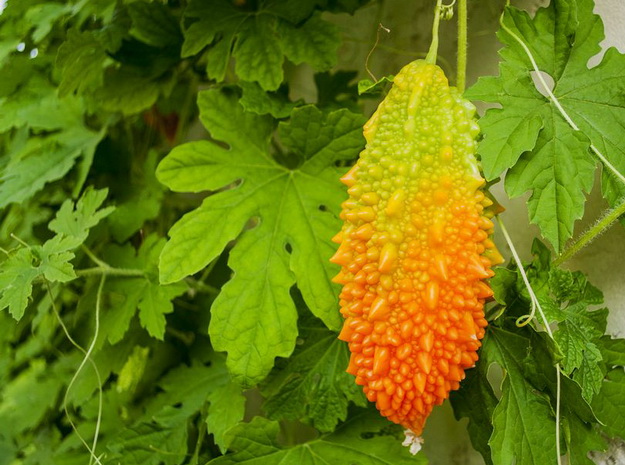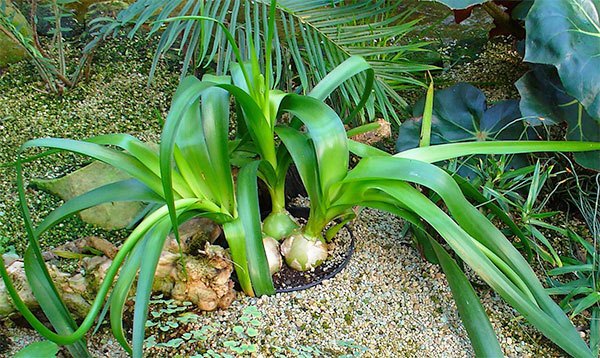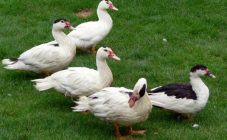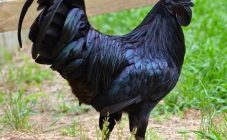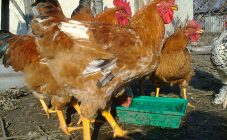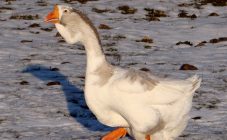Poultry farming has now become an affordable business for many. She is unpretentious, growing rapidly. By the age of six months, broiler crosses bring a large amount of tasty meat with low feed costs, and laying hens delight the breeder with a large number of eggs. Chickens, geese, ducks and turkeys are considered typical birds of Eastern Europe. Domestic duck has long been a habitual inhabitant of yards and farms, but recently exotic breeds have begun to appear. Indian runner ducks, which are unusual for a bird in appearance and characteristics, in addition to high productivity, also attract visitors to mini-zoos or reservoirs. This makes the Runner duck breeding business profitable.
Indian duck runners were bred about 2000 years ago in Southeast Asia and found widespread use there, hence the first part of their name. In Europe, animals were brought only to 19 in for zoos. Ducks came to the USSR in 1926, where they were popularly nicknamed "penguin ducks" or "penguins" for their resemblance to penguins. Over time, the nominal designation of the species was formed - the Indian runner. Already in Russia, ducks were used for breeding other domestic species, their livestock among other animals was insignificant. Over time, breeders began to appear who breed the breed for the sake of eggs.
Description of duck Indian runner
Outwardly, Indian runner ducks are very different compared to the usual domestic samples.
They are distinguished by:
- an elongated, long body resembling a cylinder, for which they are sometimes called "running bottles";
- the color of the iris can be hazel or hazel;
- flat front of the skull and curved back, skin folds around the skull do not sag;
- this bird walks almost vertically, surprising with straight posture and harmony;
- rounded ribcage and sides, the abdomen is similar in shape to a flower and does not protrude beyond the sternum;
- the back bends around the neck;
- the bird keeps its neck upright, the length of the neck is equal to about a third of the length of the entire body;
- beak equal in length to wedge-shaped head;
- the wings are tightly pressed to the body, the tail feathers are lowered, while they do not reach the ground;
- The bird's legs are similar to those of penguins.
The bird belongs to the egg breed. Laying hens can produce from 200 to 350 eggs per year, which is one of the best indicators among egg ducks. Duck eggs, in comparison with chicken eggs, are distinguished by a greater mass, and the duck begins to lay at the age of six months. The mass of the drake reaches 2 kg, the ducks are slightly less - 1.7-1.8 kg. Ducklings at the age of 8 weeks weigh up to 1.5 kg. For growth, the bird does not require significant feed costs: for 10 eggs, 2 feed units are needed, for an increase in weight by 1 kg - 4.5 units.
The Indian runner is a duck that amazes not only with its posture, but also with the color of its plumage. The most characteristic:
- Wildlife coloration. The head and neck of the male are bright green, the chest is reddish, between the neck and chest there is a light ring. The wings are gray and the tail is black and green. Beaks are green in males, yellow in females. Females also have brown feathers.
- The “trout” males have a white ring on a green neck, the chest is red, the back is much darker, the wings are usually gray, and the beak is light green.Females are distinguished by an orange beak, brownish feathers, the color on the body is slightly lighter.
- The silvery color with wild impurities in drakes is distinguished by their white body, black head, iridescent green, light wings and a gray-green beak. Females are most often white in color.
- With a white color, the male and female are completely covered with light feathers. The beaks are lemon-colored.
- The black variety is completely covered with dark emerald-colored feathers.
- Less typical colors are brown, bluish, spotted or multicolored.
To determine the sex of a duck, one should pay attention to sexual dimorphism. Animals of wild and spotted shades are easily distinguished by the presence of white spots in their plumage. For other colors, it is worth paying attention to the color of the paws and beak. They are lighter in females. Also, drakes are distinguished by curved tail feathers and a hoarse voice, the voice of females is a typical quack.
The birds have a bad habits - shy nature. At the first signs of danger, they begin to make a lot of noise and run away, in some cases they even try to fly away.
Breeding features
Despite the fact that they were brought from places that have a higher average daily temperature and the absence of winter, ducks perfectly tolerate adverse climatic conditions. They can be bred without any problems both in the Moscow region and in the Krasnodar Territory.
The key nuance of raising birds is the presence of a reservoir. Ducks can spend a long time in it, cleaning their feathers and swimming. However, they will not die due to its absence, dry grazing is also suitable, but the cover will become contaminated, provoking diseases.
Birds can be sent for free range if there is sufficient territory. One bird will require up to 10 m² of green space. At the same time, they will find their own food and will perfectly feed on small insects, slugs, worms and grass. In this case, it is advisable to limit feeding with dry supplements once a day. In this case, it is worth making sure that the birds do not make their way into the garden, as they can quickly eat all the vegetables.
The diet of "penguin" ducks is similar to that of poultry and contains:
- compound feed, grain mixtures, broken shells or shells;
- fermented milk mash, grass, fruit and vegetable waste, boiled vegetables;
- vitamins and minerals.
In the cold season, it is worth adding green herbs, spinach to the birds' feed and feed them more often.
To increase the livestock for the winter, up to 5 large and productive females and 1 healthy drake are chosen. When selecting animals, it is worth examining the pelvic bones and trunk. It is best to leave animals with a developed chest, wide pelvis, large belly and sleek, fat plumage. Indian drake runners are able to start inseminating females starting at six months of age. The fertilized number of eggs is close to 90%.
The hens of the "penguins" are wonderful, they are distinguished by excellent perseverance. They will defend their nest no matter what. However, due to their small size, do not put more than 10 eggs under one hen. When incubated, the hatching rate of Runner ducklings is up to 80%, with the natural method - up to 95%.
Breed advantages and disadvantages
Based on the description of the Indian Runner duck breed, their advantages include an exotic appearance, perfect for a zoo or garden. Other advantages of the variety are:
- the bird lays a large number of eggs;
- very healthy and disease resistant;
- ducklings develop rapidly;
- not demanding on the quality and quantity of feed;
- large offspring;
- tasty meat that does not smell of mud and contains up to a third of fat;
- eggs of atypical colors, young livestock are in great demand.
The disadvantages include difficulties in finding a suitable tribe for oneself and the high fearfulness of the bird. For some poultry farmers, this plays a big role, others turn a blind eye to the minuses.Be that as it may, the breed has the right to breed in any farm, if only because it has tasty meat and decent egg production, and you can earn good money on this.
